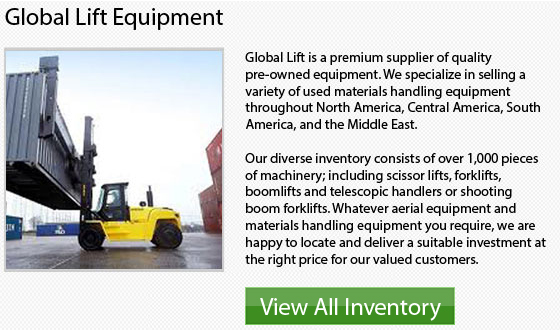
Tire Types
Cushion tires are normally considered solid tires with no tread pattern. These tires are designed for indoor smooth and solid surfaces. There are tread patterns available however, that are more suitable for various surface environments. The cushion tires are popular on smooth warehouse floors and in similar applications.
Pneumatic tires however will require air and are designed particularly for uneven ground and loose surfaces. The pneumatic tire provides a higher ground clearance over solid tires. This raises the center of gravity of the forklift and greatly reduces its rated lift capacity. Most often, pneumatic tires are utilized in rough terrain environments due to their ability to navigate uneven surfaces in a smoother manner. A lot of construction sites and mining or agricultural operations depend on these tires so as to make certain the equipment can travel as safe and carefully as possible.
Lift height and Lift Capacity
It is essential to understand the maximum weight and dimensions of the loads you would be handling in order to determine the capacity of the vehicle needed. In addition, you would have to know the maximum fork height required in order to stack or rack the loads. These factors, the lifting height and the load size, greatly affect the truck's lifting capacity. A larger size load can move the center of gravity of the vehicle and change the load combination. This decreases the equipment's lifting capacity and affects the load being lifted and the height. Using various types of attachments can also affect the truck's overall capacity.
Mast Options
On the market nowadays are several different options of forklift masts. These include: quad, triple, double and single masts. The number indicated the amount of sections on the mast. In a variety of circumstances, you would not be required to make any choices as the lift height would dictate the kind of mast you will get, however, in trucks with very high lift heights, you may have an option.